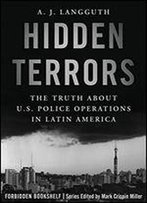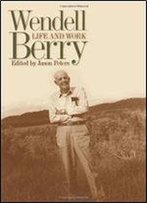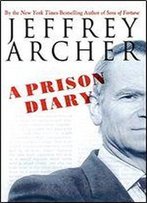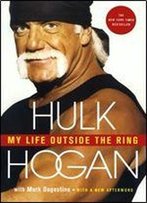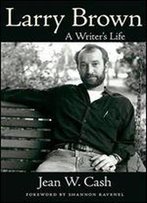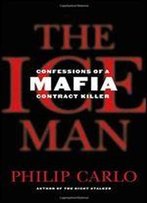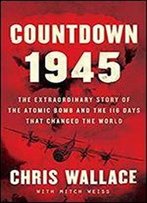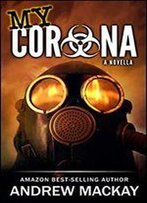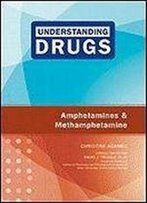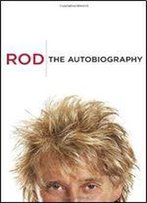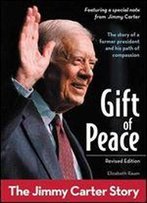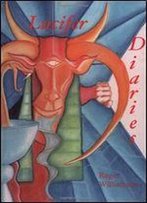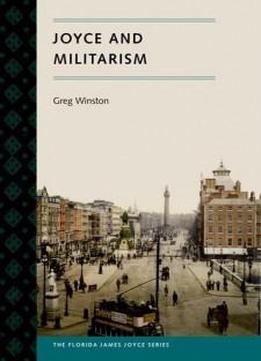
Joyce And Militarism (florida James Joyce)
by Greg Winston /
2012 / English / PDF
1.6 MB Download
“Greg Winston has produced a marvelous, deeply researched, and
lucid story of Joyce’s exploration of the personal and social
effects of the European cult of militarism. This is a significant
contribution to interpretations of Joyce, capitalizing on both
cultural studies and political approaches. It is loaded with
scholarly discoveries that will illuminate readings and delight
readers.”—R. Brandon Kershner, editor of
“Greg Winston has produced a marvelous, deeply researched, and
lucid story of Joyce’s exploration of the personal and social
effects of the European cult of militarism. This is a significant
contribution to interpretations of Joyce, capitalizing on both
cultural studies and political approaches. It is loaded with
scholarly discoveries that will illuminate readings and delight
readers.”—R. Brandon Kershner, editor ofJoyce and
Popular Culture
Joyce and
Popular Culture
“The military and their domestic counterparts, the police, were
omnipresent in the world of James Joyce, as was militarism in the
literature and society that formed him. Winston ably traces the
impact of these realities on the literature Joyce created, works
that, as acts of resistance, ultimately move toward imaginative
demilitarization.”—Thomas Jackson Rice, author
of
“The military and their domestic counterparts, the police, were
omnipresent in the world of James Joyce, as was militarism in the
literature and society that formed him. Winston ably traces the
impact of these realities on the literature Joyce created, works
that, as acts of resistance, ultimately move toward imaginative
demilitarization.”—Thomas Jackson Rice, author
ofCannibal Joyce
Cannibal Joyce
Each of James Joyce’s major works appeared in a year defined by
armed conflict in Ireland or continental
Europe:
Each of James Joyce’s major works appeared in a year defined by
armed conflict in Ireland or continental
Europe:Dubliners
Dubliners in 1914 at the outbreak of the
First World War;
in 1914 at the outbreak of the
First World War; A Portrait of the Artist as a Young
Man
A Portrait of the Artist as a Young
Man in the same year as the 1916 Easter
Rising;
in the same year as the 1916 Easter
Rising;Ulysses
Ulysses in February 1922,two months
after the Anglo-Irish Treaty and a few months before the outbreak
of the Irish Civil War; and
in February 1922,two months
after the Anglo-Irish Treaty and a few months before the outbreak
of the Irish Civil War; andFinnegans Wake
Finnegans Wake in
1939, as Joyce complained that the German army’s westward
advances upstaged the novel’s release.
in
1939, as Joyce complained that the German army’s westward
advances upstaged the novel’s release.
In
InJoyce and Militarism
Joyce and Militarism, Greg Winston considers these
masterworks in light of the longstanding shadows that military
culture and ideology cast over the society in which the writer
lived and wrote. The first book-length study of its kind, this
articulate volume offers original and interesting insights into
Joyce’s response to the military presence in everything from
education and athletics to prostitution and public space.
, Greg Winston considers these
masterworks in light of the longstanding shadows that military
culture and ideology cast over the society in which the writer
lived and wrote. The first book-length study of its kind, this
articulate volume offers original and interesting insights into
Joyce’s response to the military presence in everything from
education and athletics to prostitution and public space.
